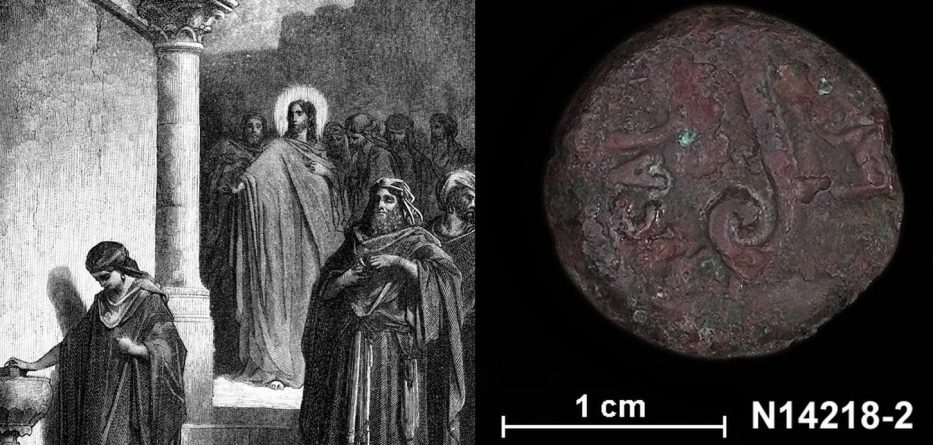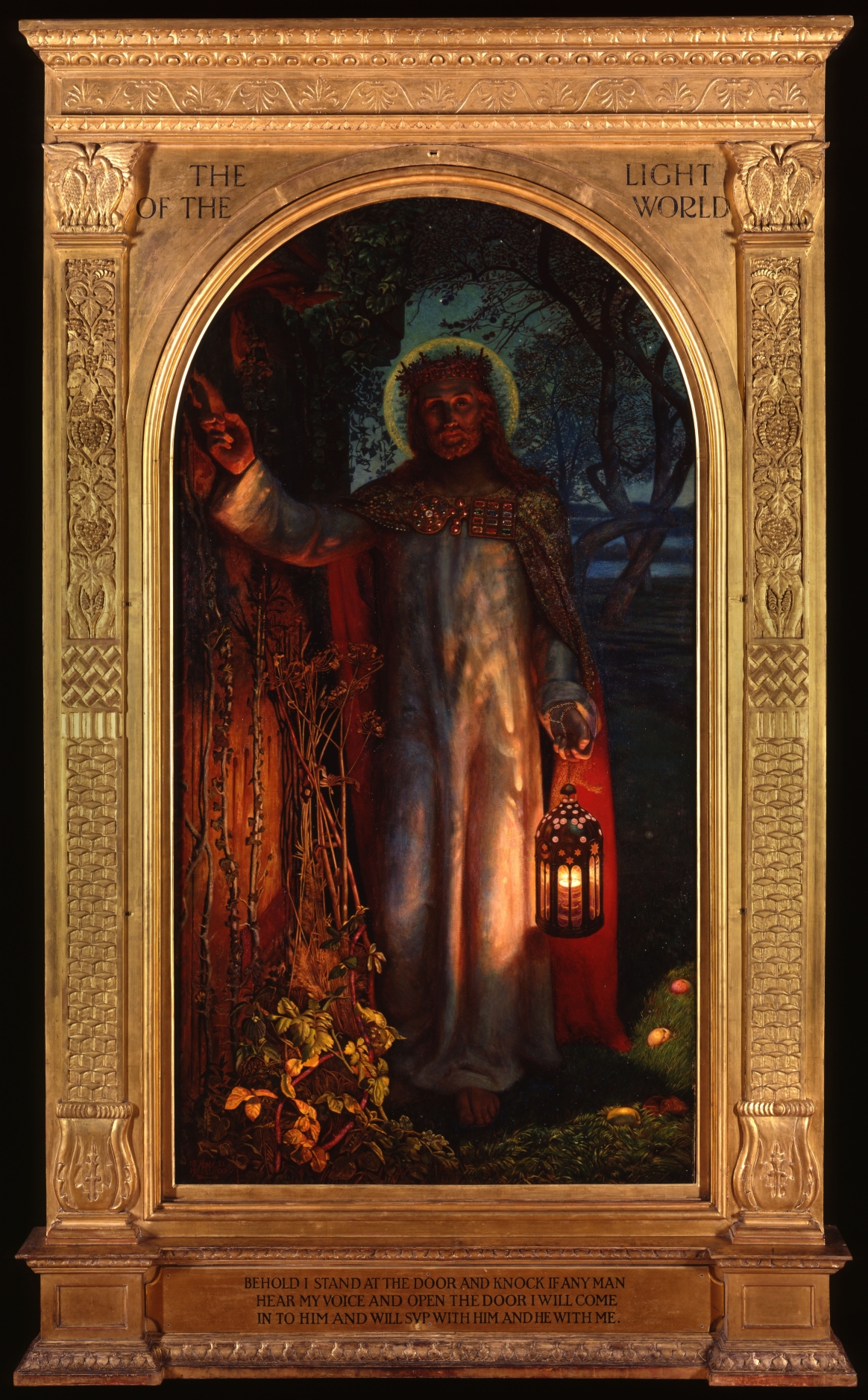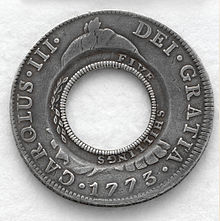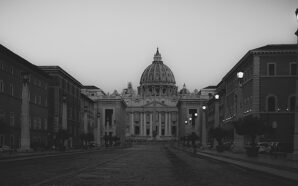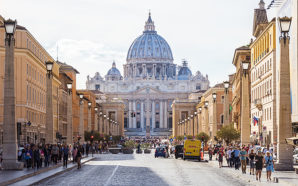In a highly publicised move, the Museum of Applied Arts and Sciences, known as the Powerhouse Museum, is coming to Parramatta.
The Powerhouse Museum’s coin collection is less well known, including coins from the time of Christ himself.
Ancient historian, Dr Nicholas Hardwick, said that the collection would be the first public collection of coins in Western Sydney.
“It is one of the most significant collections in Australia,” Dr Hardwick said.
Dr Hardwick curated a coin map of the collection, which was incorporated in an exhibition of Greek antiquities, held at the museum at the time of the Sydney 2000 Olympic Games, drawing on expertise gained during his Oxford doctorate and seven years of research in Greece.
“Coins are very special because there is an immediacy about them,” Dr Hardwick said.
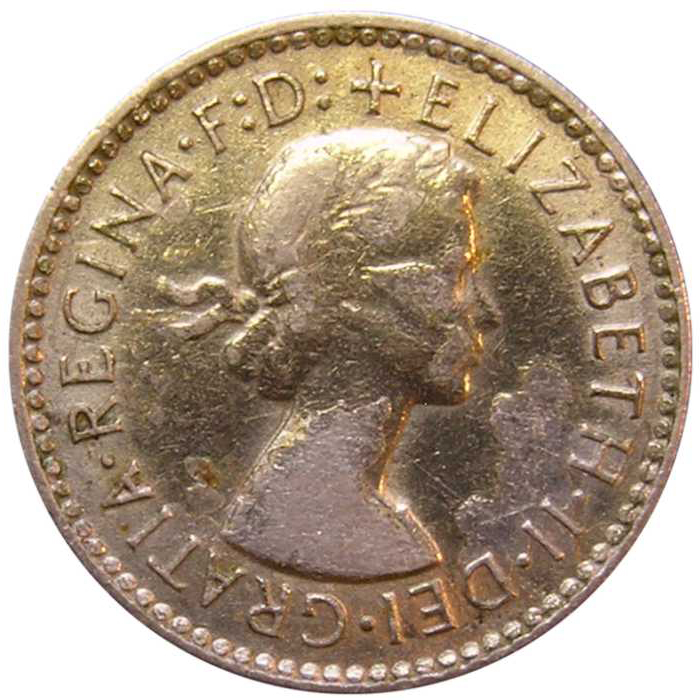
Australian Threepence coin, including Queen Elizabeth II’s title F:D: “Fidei Defensor”. Photo: Wikimedia Commons
“You’ve got an historical event, which was the striking of the coin itself, and, therefore, they are from the exact time of that event. This is unlike a lot of other historical evidence, which comes from very long after the event.”
“Coins reveal many things about the history of cultures, including economics, politics, art and religion,” Dr Hardwick said.
The relevant Powerhouse coins reflect the politics of Christ’s time on earth during the governance of well-known figures, such as the Roman prefect of Judaea, Pontius Pilate, and the Jewish kings of the area, Herod Archelaus and Herod Antipas.
Some of the Roman Provincial coins in the collection were struck in Judea by the administration of Pontius Pilate approximately AD 31-32. Some Jewish coins were made under Herod Archelaus 4 BC – AD 6 and replicas of coins of Herod Antipas AD 33.
“That gives you a sense of the coins that Christ and his followers would have been familiar with,” he said.
Dr Hardwick examined the influence of numismatics more broadly on art and culture in Pre-Raphaelite artist William Holman Hunt’s painting The bride of Bethlehem for The Burlington Magazine, the leading journal of fine and decorative arts, which is published in London.
“The bride of Bethlehem portrays the Virgin Mary as a woman in the bridal dress of the Middle East. She wears a headdress of coins of a sort, which was popular in the region in the 19th century,” Dr Hardwick wrote.
Such an interesting use of coins reminds the audience of the historical context for Christ’s followers and the era of the early Church.
The Powerhouse collection also includes coins from the First Jewish Revolt (AD 66-70) and the Second Jewish Revolt (AD 132-5), which are the basis of those depicted in the headdress.
Visitors to the Powerhouse, who might be able to see some of these coins, can also be reminded of this historical context, then consider the message of Christ regarding wealth and perhaps use these as an aid to prayer, imaginatively meditating upon the life of Christ with realistic detail.
The Gospels frequently refer to money, such as in the Beatitudes, the Parable of the Talents, the Lost Coin, the Prodigal Son, the Unmerciful Servant, and events such as the Cleansing of the Temple, the Widow’s Offering, the Betrayal by Judas, the Dining with Tax Collectors, and Christ’s commands for generosity with the poor.
Also of particular interest to a Catholic readership is that a majority of coins in Australia’s history bore references to God.
Some of the earliest coins that circulated in Australia were Spanish dollars, which were minted in parts of the Spanish Empire, such as Peru, Mexico and Bolivia.
These were coins from the reigns of Charles III and IV of Spain, inscribed with “Dei Gratia”, meaning that he ruled “by the grace of God”.
“In 1813, we had the first coins struck in Australia, the holey dollars,” Dr Hardwick said.
“They were struck from Spanish dollars. The middle was cut out and was restruck with a Crown on the obverse, and had the value of 15 pence.”
“Not ‘Holy’, as in religiously holy,” Dr Hardwick clarified.
Australian coins bore the intriguing capital letters “F.D.”, standing for Fidei Defensor, ‘Defender of the Faith’, until 1964, except for a brief period during Queen Elizabeth II’s reign.
Pope Leo X gave this title to King Henry VIII in 1521, in recognition of his writing, Defense of the Seven Sacraments, which the King addressed against the heresies of Martin Luther.
“This title of Fidei Defensor actually brings up quite a lot of interesting historical points,” Dr Hardwick said, “though it is strongly linked with the Church of England in Britain.”
The modern usage derives from English Parliament’s conferral of the title upon Henry VIII and his successors, following his schism with the Catholic Church.
Nevertheless, for the majority of Australia’s history, coins have borne the Fidei Defensor title, with the abbreviation of “F.D.”




